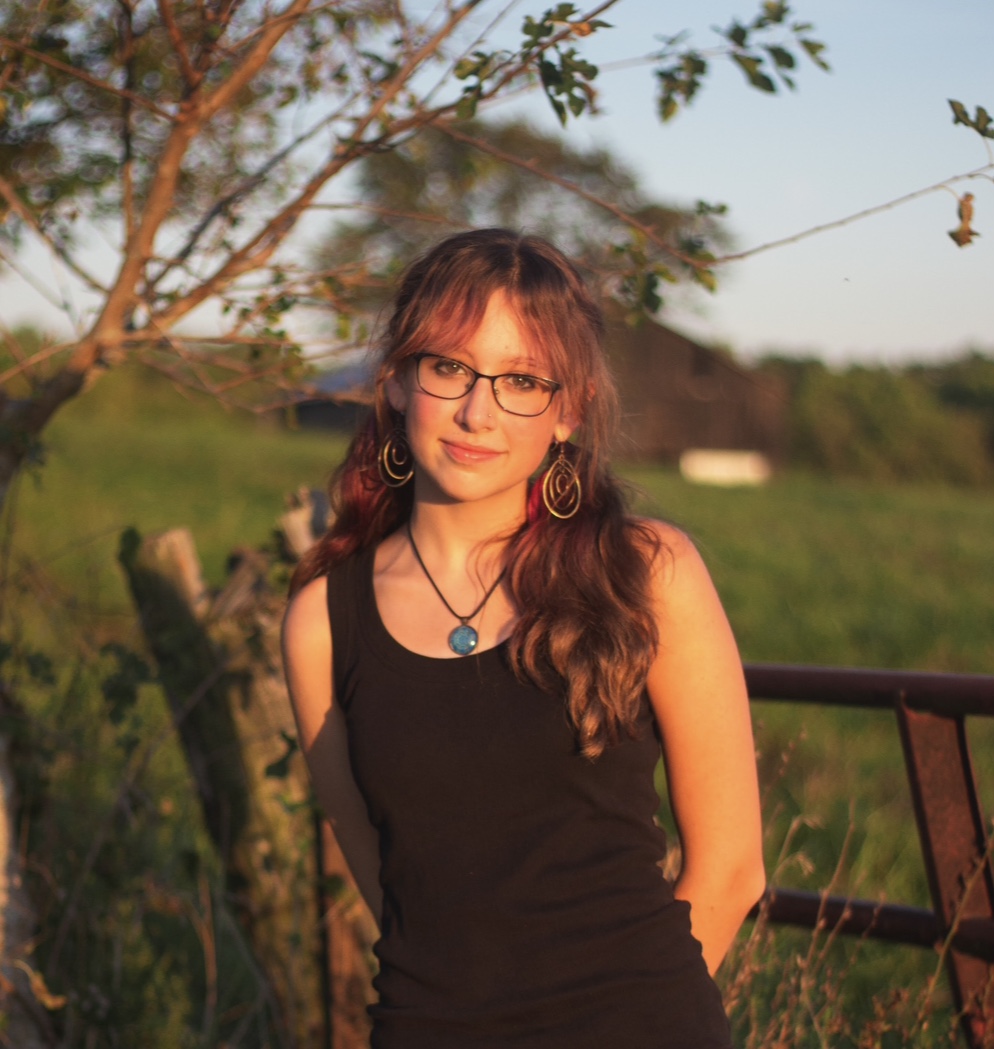The first time I experienced the joy of student journalism was when I published an article on book bans last year for The New Edu, an independent, student-led publication from the Kentucky Student Voice Team. It was an effort to raise awareness of book bans and their impact on underserved communities. Soon after, when my own school attempted to ban books, my experience from writing the article allowed me to offer a quote on the topic for a beautifully crafted piece by another student journalist.
The privilege of writing for the Kentucky Student Voice Team’s Press Corps has been unlike any other. However, for years, school censorship has targeted student storytelling. Student press freedom allows for the enrichment of student journalism programs in schools and beyond, thereby benefiting our society as a whole.
Being a part of a methodical and empowering student publication has been pivotal to my journey as a writer. It has taught me that student press freedom in our state can only be possible if support systems within student journalism are set in place to uplift us and enable us to grow.
Advocating for legislative action that protects the rights of young Kentucky journalists and prevents them from unjust censorship is a way to make sure student press freedom is supported. In an op-ed last year, student journalists, including a New Voices advocate, wrote about The New Voices Act, a bill to protect the freedom of school-based reporting in Kentucky. According to the Student Press Law Center, New Voices has been introduced every year in Kentucky since 2020, but was first introduced in 1990.
When asked about her experience with student censorship, DuPont Manual Redeye’s Editor in Chief, Kaelin Gaydos, said she had experienced several instances where communication was unclear about why an article was taken down. She added that even when ensuring everyone is “in the loop” with their work, “sometimes there are differences in communication and something is misunderstood.”
When one of the Redeye’s staff members, Aya Al Waeli, set out to write an opinion piece on the current Israeli-Palestinian conflict, she said she felt pressure to distance herself from the situation as not to “tie the rest of the publication down” with perceived “strong beliefs.” She had to rework the piece to "make it more of opinions from different perspectives." (The New Edu reached out to the Redeye for additional comment, and will update this story.)
“I am an Arab. What is happening over there between Palestine and Israel has been going on for so many years,” Al Waeli said about the urgency of writing on the conflict. Al Waeli said she was disappointed she had to change the article’s initial premise, though a version of the piece was ultimately published.
Thinking generally about the impact of student censorship, said that she believes it “shuts off student creativity; it shuts off students' freedom to express themselves and their beliefs.”
By advancing student press platforms, there is potential for challenges facing our society to be given the acknowledgment they require. Through student journalism, communities can be informed and act toward making a difference.
In general, “student press freedom is in the interest of not only students but also just community members in general,” said Isabella Edghill, a Webmaster for DuPont Manual’s Redeye and writer for The New Edu. She explained that “students have a great and interesting angle and take on the world.” However, when censorship is an issue, “we're losing crucial takes on what's going on around us.”
She believes “if [the topic] affects students, we should be able to write about it.”
But if student journalism is so valuable for all of us, why are the ideas of student journalists restricted?
There are a handful of reasons why schools may attempt to censor student press. Poor research, inappropriate content, and affiliating the school with particular political views are a few examples of why schools may censor student press, according to the Freedom Forum. Nevertheless, enforcement of limitations is prone to subjectivity.
According to the Student Press Freedom Day website, student publications have a "unique vantage point and perspective," which raises a crucial question: How can we work to prevent student press censorship?
Student press freedom initiatives, most notably New Voices legislation, are promising ways to ensure student journalists are supported. New Voices is a student-led movement, aiming “to protect student press freedom with state laws.” Enactment of these laws shields students from the negative consequences of the 1988 Hazelwood v. Kuhlmeier Supreme Court decision, commonly used to censor their voices.
When it comes to guidelines within student press to ensure ethical stories, student media would be susceptible to censorship only if certain guidelines are violated, such as being “libelous or slanderous,” confirming that restrictions would be unambiguous and reasonable.
Though efforts to support New Voice legislation (23RS SB 132) in our state have been extensive, the last action on the bill was last year. Even so, conversations in student media about what stories should be reported and how they should be presented can be amplified through advocating for press freedom. Student press freedom fosters more open and honest communication about how to best support student journalism. It provides students with the agency that can benefit their work and, in turn, our communities.
As a young journalist, my biggest joy is getting to share the voices of the least heard and inspire change through my words. Legislative action that supports student press freedom can give student journalists the protection needed for them to continue doing what they do best: helping enhance our world through the power of storytelling.
(Original graphic by Ava Hurwitz)













